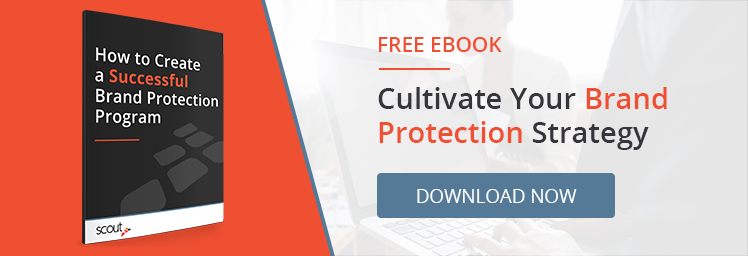When it comes to successfully navigating a Louis Vuitton counterfeit case, they've had many wins.
Some of them include:
- LV v. Singga Enterprises: the brand was awarded damages from Singga in the amount of $1.4 million.
- LV v. eBay: In Paris, eBay was ordered to pay LV €38.6 million in damages because the online bidding retailer was judged to have done too little to counteract LV counterfeits.
More Importantly, Louis Vuitton has Earned a Proactive Reputation
Perhaps most crucial for Louis Vuitton, which has consistently ranked as the world’s most valuable luxury brand with annual revenue meeting or exceeding US $28.4 billion, is that it has earned a reputation as a company that doesn’t suffer counterfeiters lightly.
Featuring a legal department with a dedicated €15 million annual budget, Louis Vuitton’s efforts are sure to have many counterfeiters thinking twice or outright abandoning their piracy.
The Tidal Wave of Global Forces are Difficult to Overcome
With the social and economic impact of global piracy and counterfeiting reaching an estimated $1.7 trillion in recent years, according to the International Chamber of Commerce, brands have plenty to work against.
We live in a new world from that of decades past, including ever-expanding avenues online, globalization and the cross-pollination of markets, which make piracy difficult to track both for governments and companies.
When you add it all up, Louis Vuitton still has quite has quite the counterfeit problem.
Not all Counterfeit Cases Have Been Winners for Louis Vuitton
The global and historical juggernaut brand has lost cases, including LV v. Nanu-Nana, as handed down from the European General Court. The features in question for the cases were the brand’s two checkerboard community trademarks.
Despite the company’s trademarks, the ruling bodies found that the checkerboard patterns were not distinct enough -- that a checkerboard pattern, no matter how it was used, were normative. It was decided that, throughout the EU (Denmark, Finland, Portugal, Sweden), a checkerboard patterns are not distinct.
Despite an appeal from Louis Vuitton that the specific way squares and the overall styling used were quite distinctive, the court would not change its ruling.
What are the Takeaways?
One could say that despite the brand’s massive earmarks for defending its IP, counterfeiters can still win. But that would be a flawed assessment.
First, Louis Vuitton is one of history’s most duplicated or pirated brands, so just imagine if it did not put resources aside for protecting its property. Without protective litigious measures, the brand would likely be contributing many millions more to the trillions stolen by counterfeiters.
What you can do
Do you require a multi-million dollar legal department to protect your property? While that would be nice, there are highly effective measures to be taken that are far more cost-efficient.
Just as opportunity has exploded with technology and online markets, brands can meet the problem head on with software that streamlines much of the work of putting together cases against counterfeiters.
If you’re worried about those who would use your brand to make a profit without you -- and damage your brand’s reputation in the process -- then it’s worth looking into investigation software.

